Do you have a question about the Toyota 2000 Celica and is the answer not in the manual?
Details the location and function of various components on the instrument panel.
Explains the layout and function of the instrument cluster gauges and indicators.
Lists and explains various warning lights and indicator symbols on the instrument panel.
Discusses proper seating posture and precautions for occupants, including SRS side airbags.
Provides information on seat belt usage, precautions, and maintenance.
Explains the operation of headlights, turn signals, and daytime running lights.
Explains vehicle gauges, meters, and service reminder indicators.
Explains the engine coolant temperature gauge and what to do if overheating occurs.
Lists and explains various warning lights and buzzers for vehicle maintenance.
Details the operation of the automatic transmission, including shift lock system.
Covers the shift patterns, recommended shifting speeds, and tire chain usage.
Explains how to use and cancel the cruise control system for maintaining speed.
Information on fuel types, octane ratings, and fuel quality.
Overview of the brake system, including tandem master cylinder and booster.
Provides instructions for starting the engine, including normal and flooded conditions.
Provides recommendations for preparing and driving the vehicle in winter conditions.
Covers guidelines, weight limits, and precautions for towing a trailer.
Troubleshooting steps for when the vehicle fails to start.
Procedure to follow if the engine stalls while the vehicle is in motion.
Steps to take if the engine overheats, including safety precautions.
Instructions on how to safely change a flat tire.
Guidance on towing procedures and safety precautions.
Outlines the importance of regular maintenance for vehicle longevity and performance.
Lists essential general maintenance checks to be performed periodically.
Provides clues for identifying when service or repair may be needed.
Important safety precautions to follow when performing DIY maintenance.
Procedure for checking the engine oil level and selecting the correct oil.
Instructions for checking the coolant level and selecting the correct coolant.
Details on checking the brake fluid level and the importance of proper fluid.
Procedure for checking the power steering fluid level and recommended fluid type.
Guidance on checking tire pressure and maintaining proper inflation levels.
How to check tire tread wear indicators and replace tires.
Guidance on when and how to replace vehicle wheels.
Instructions and precautions for checking the battery's condition and exterior.
Safety measures to follow when recharging a vehicle battery.
Procedure for checking and replacing blown fuses in the vehicle.
Provides various engine, lubrication, cooling, clutch, brake, and steering specifications.
Specifies tire sizes, pressures, and wheel nut torque values.
Details the location and function of various components on the instrument panel.
Explains the layout and function of the instrument cluster gauges and indicators.
Lists and explains various warning lights and indicator symbols on the instrument panel.
Discusses proper seating posture and precautions for occupants, including SRS side airbags.
Provides information on seat belt usage, precautions, and maintenance.
Explains the operation of headlights, turn signals, and daytime running lights.
Explains vehicle gauges, meters, and service reminder indicators.
Explains the engine coolant temperature gauge and what to do if overheating occurs.
Lists and explains various warning lights and buzzers for vehicle maintenance.
Details the operation of the automatic transmission, including shift lock system.
Covers the shift patterns, recommended shifting speeds, and tire chain usage.
Explains how to use and cancel the cruise control system for maintaining speed.
Information on fuel types, octane ratings, and fuel quality.
Overview of the brake system, including tandem master cylinder and booster.
Provides instructions for starting the engine, including normal and flooded conditions.
Provides recommendations for preparing and driving the vehicle in winter conditions.
Covers guidelines, weight limits, and precautions for towing a trailer.
Troubleshooting steps for when the vehicle fails to start.
Procedure to follow if the engine stalls while the vehicle is in motion.
Steps to take if the engine overheats, including safety precautions.
Instructions on how to safely change a flat tire.
Guidance on towing procedures and safety precautions.
Outlines the importance of regular maintenance for vehicle longevity and performance.
Lists essential general maintenance checks to be performed periodically.
Provides clues for identifying when service or repair may be needed.
Important safety precautions to follow when performing DIY maintenance.
Procedure for checking the engine oil level and selecting the correct oil.
Instructions for checking the coolant level and selecting the correct coolant.
Details on checking the brake fluid level and the importance of proper fluid.
Procedure for checking the power steering fluid level and recommended fluid type.
Guidance on checking tire pressure and maintaining proper inflation levels.
How to check tire tread wear indicators and replace tires.
Guidance on when and how to replace vehicle wheels.
Instructions and precautions for checking the battery's condition and exterior.
Safety measures to follow when recharging a vehicle battery.
Procedure for checking and replacing blown fuses in the vehicle.
Provides various engine, lubrication, cooling, clutch, brake, and steering specifications.
Specifies tire sizes, pressures, and wheel nut torque values.
| engine capacity | 1.8-liter |
|---|---|
| bore x stroke | 79.0 mm x 91.5 mm |
| compression ratio | 10.0:1 |
| horsepower | 140 hp @ 6, 400 rpm |
| torque | 125 lb.-ft. @ 4, 200 rpm |
| head room | 38.4/35.0 in. |
|---|---|
| shoulder room | 52.6/50.6 in. |
| hip room | 51.3/46.8 in. |
| leg room | 33.3/25.4 in. |
| seating capacity | 4 |
| fuel tank capacity | 14.5 gal. |
|---|---|
| mileage estimates (manual) | 28/34 mpg city/highway |
| mileage estimates (automatic) | 27/34 mpg city/highway |
| curb weight (manual/automatic) | 2, 425/2, 460 lbs. |
|---|---|
| overall height | 51.4 in. |
| overall width | 68.3 in. |
| overall length | 170.5 in. |
| wheelbase | 102.4 in. |
| engine capacity | 1.8-liter |
|---|---|
| bore x stroke | 82.0 mm x 85.0 mm |
| compression ratio | 11.5:1 |
| horsepower | 180 hp @ 7, 600 rpm |
| torque | 130 lb.-ft. @ 6, 800 rpm |
| head room | 38.4/35.0 in. |
|---|---|
| shoulder room | 52.6/50.6 in. |
| hip room | 51.3/46.8 in. |
| leg room | 33.3/25.4 in. |
| seating capacity | 4 |
| fuel tank capacity | 14.5 gal. |
|---|---|
| mileage estimates (manual) | 23/32 mpg city/highway |
| mileage estimates (automatic) | 23/30 mpg city/highway |
| curb weight (manual/automatic) | 2, 500/2, 580 lbs. |
|---|---|
| overall height | 51.4 in. |
| overall width | 68.3 in. |
| overall length | 170.5 in. |
| wheelbase | 102.4 in. |
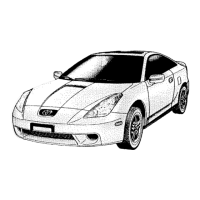
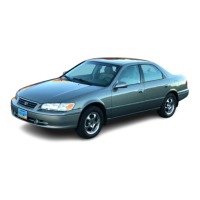
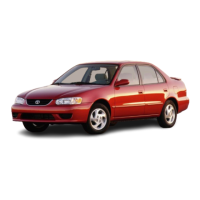
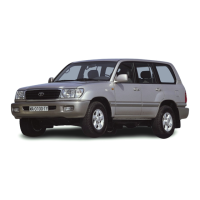
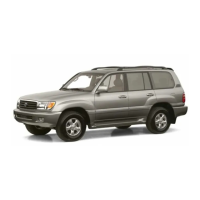
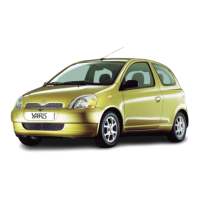
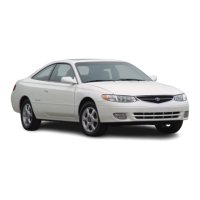

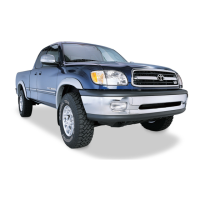
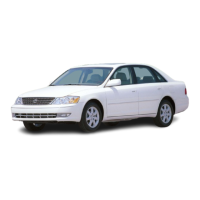
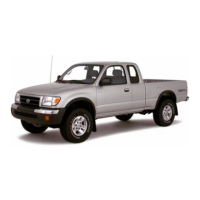

